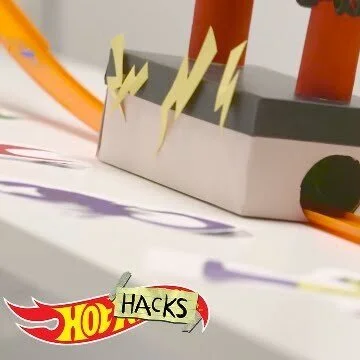Modular creativity and contemporary Children’s play
Conceptualizing Children and Youth Conference / Brock University, Ontario / October 2017.
Children’s creativity has long been of interest to the makers of children’s toys and media. As scholars such as Amy Ogata have demonstrated, particular conceptions of children’s creativity are historically situated. Today, creativity is a core value within contemporary children’s media and consumer cultures, central to the philosophy of companies like LEGO and informing the design of a range of technologies and toys for children. Products designed to unlock and enhance creativity increasingly emerge from alliances between traditional children’s companies such as Disney and Mattel and software and technology firms like Google and AutoDesk.
Through a series of case studies, this paper will explore several core conceptions of children’s creativity as they are manifest in contemporary children’s consumer culture. “App-enabled” toys like Mattel’s forthcoming 3D printer the ThingMaker and Crayola’s Color Alive line of coloring products often promise to unlock kids’ “natural” creative inclinations. Yet many such products also frame creative work as an increasingly modular process of customization. This paper probes both how corporate stakeholders define creativity and articulates the opportunities and constraints associated with these creative products. Nuancing conventional claims that naturalize the relationship between creativity and childhood, the paper considers the possibilities and limitations for creative activity built into these toys’ material and technological structures.
